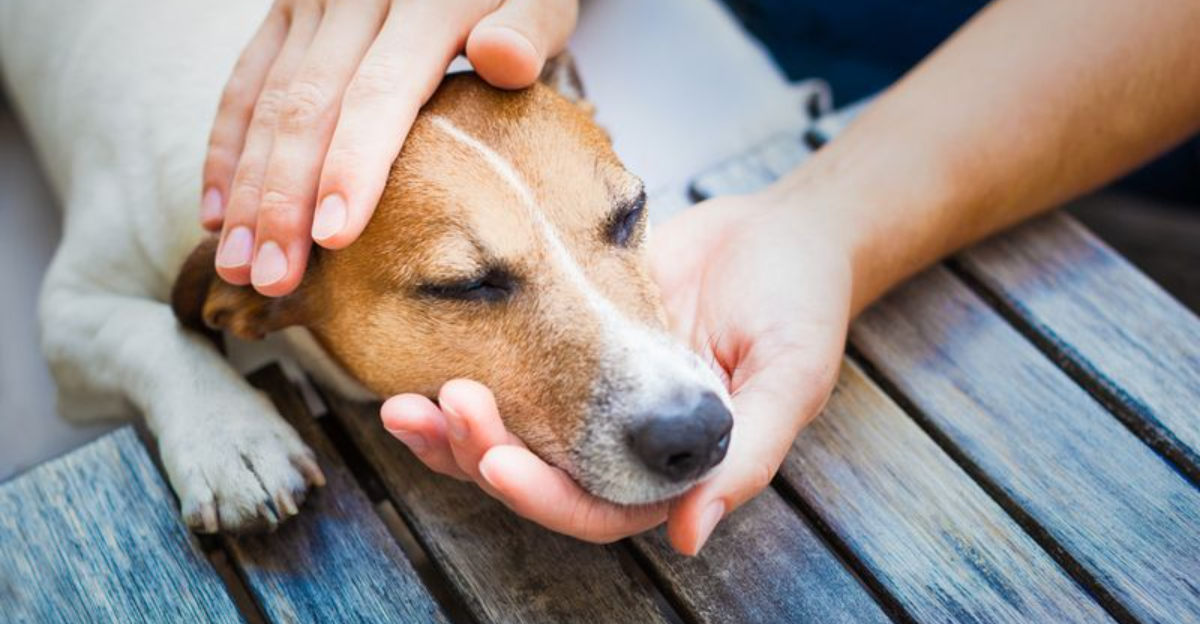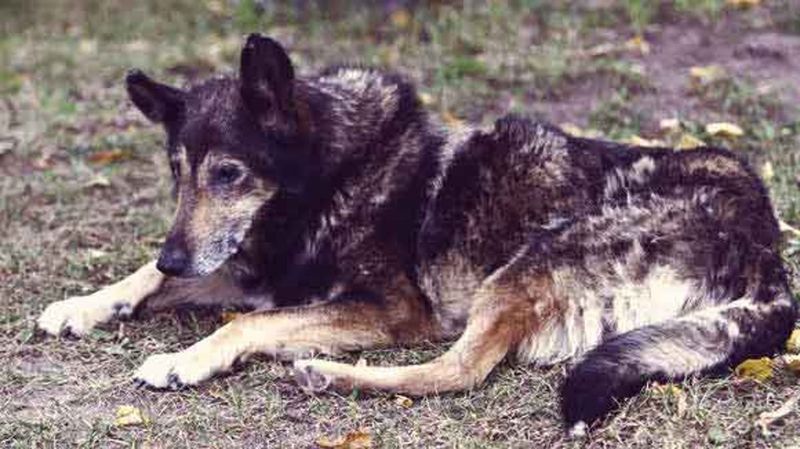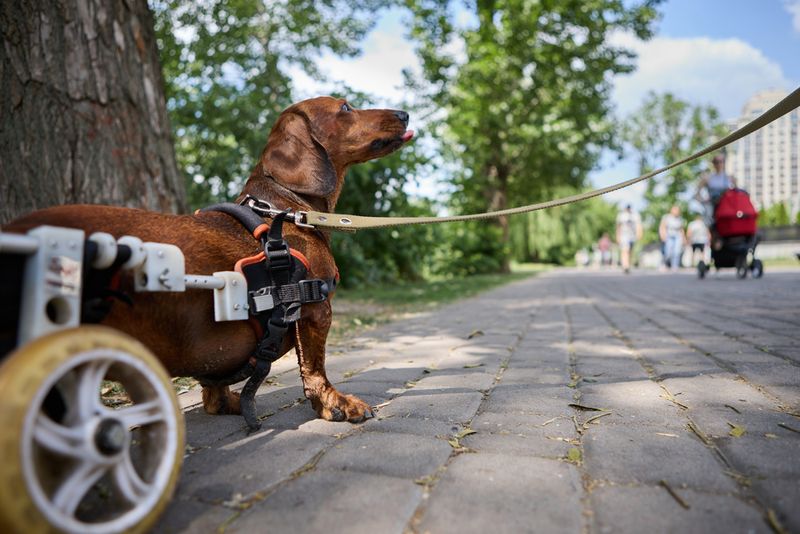Saying goodbye to a beloved canine companion is one of the hardest decisions a pet owner faces. Understanding the signs your dog may be nearing the end of their life can help you make these final days as comfortable as possible for them. This guide provides insights into recognizing when it’s time to let go, helping you cherish those precious last moments.
Loss of Interest
Has your once-enthusiastic pup suddenly lost interest in their favorite activities? This can be a sign that they are nearing the end. Imagine the sudden silence, once filled with playful barks and tail wags.
Your dog may no longer greet you at the door with the same zest or ignore their beloved chew toys.
It’s a subtle, yet poignant shift that speaks volumes about their energy levels and overall well-being. While it’s heartbreaking to see, this change is a natural part of aging and helps prepare us for what lies ahead.
Difficulty Breathing
If your dog’s breaths become labored or irregular, it might signal underlying health issues. Notice the rise and fall of their chest, each breath a concerted effort.
These breathing changes can manifest as panting, wheezing, or struggling for air.
It’s crucial to seek veterinary advice promptly, as respiratory distress can be a serious indicator of decline in aging dogs. Comfort your pet with calm words and gentle strokes, as they may find solace in your presence during this challenging time.
Loss of Appetite
The clattering of the food bowl used to send your furry friend dashing to the kitchen. But now, they may turn away, uninterested.
Loss of appetite in dogs can be a distressing sign that something isn’t right.
It’s important to monitor their eating habits closely and consult with your veterinarian to rule out any treatable conditions. Offering smaller, more frequent meals may entice them to eat, providing necessary nutrition during their twilight days.
Incontinence
Incontinence can be quite distressing, both for you and your pet. This change might catch you off guard, especially if your dog was well-trained.
It often indicates that their bodily functions are declining.
Providing pads and frequent outdoor trips can help manage the situation. Remember, patience is key during this period, as your dog isn’t doing this on purpose. Understanding this phase is part of respecting their age and giving them the dignity they deserve.
Lethargy
Has your dog become increasingly lethargic, spending more time sleeping or lying down? It’s as if their once-bustling energy has been replaced by a deep-seated fatigue.
This isn’t just tiredness; it’s an overwhelming exhaustion that signifies their body is slowing down.
Engage them with gentle activities or short walks, but acknowledge their limits. Let them rest comfortably, knowing they are surrounded by love and comfort as they enter this peaceful phase.
Disorientation
Watching your dog become disoriented can be heart-wrenching. They may wander aimlessly, as if in search of something familiar yet just out of reach.
This confusion is often accompanied by a vacant stare or bumping into objects.
Guide them gently, providing reassurance through your voice and presence. Keeping a consistent environment can help reduce their anxiety, offering a sense of stability in their disorienting world.
Weight Loss
Noticeable weight loss can be a stark reminder of your dog’s declining health. Their ribs become more visible, fur no longer as lush.
This change is often not just cosmetic but indicative of underlying problems.
Consulting your vet is crucial to assess the cause and to explore supportive care options. Maintaining their comfort and well-being becomes paramount during this stage, allowing them to feel loved in this delicate time.
Mobility Issues
Mobility issues can be particularly tough to witness. Your once spry companion may now struggle with steps or even short walks.
Their movements become careful and deliberate, each step a testament to their determination.
Providing supportive devices like ramps or harnesses can assist them in getting around. It’s essential to adapt their environment to prevent accidents, ensuring their safety and comfort as they navigate their world with these challenges.
Isolation
Dogs may seek solitude as they age, withdrawing to quiet corners of the house. This behavior may seem puzzling if your dog was once very social.
It’s not a reflection of your bond weakening, but rather a natural instinct to find peace.
Let them enjoy this solitude but check on them regularly to ensure they feel loved and cared for. Respecting their need for space can be a profound show of affection in their final days.
Chronic Pain
Chronic pain may manifest in subtle ways, like a change in gait or reluctance to be touched. You might notice they wince or yelp unexpectedly.
This pain is a silent burden they carry, impacting their quality of life.
Consult with your vet for pain management options, as relieving discomfort can significantly improve their final days. A soft bed and gentle handling become essential, showing compassion and care as they navigate this challenging time.










